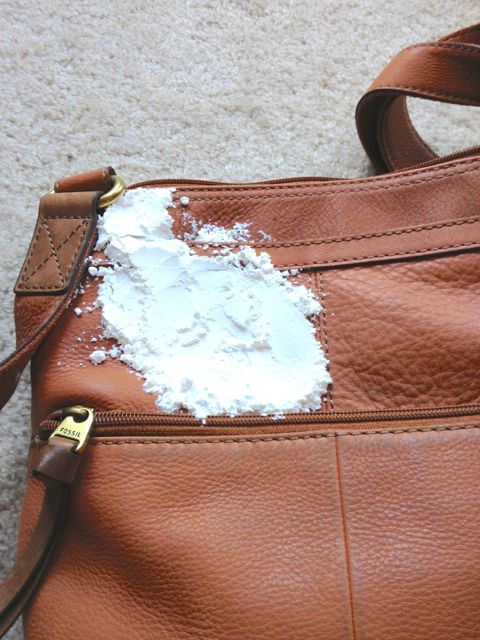Filter Bag Vacuum Cleaners, Bag Less Vacuum Cleaners, HEPA Vacuum Cleaners – A Vacuum Cleaner Guide
Article by LEE HARRIS
When it comes to vacuum cleaners the two main types of upright vacuums are vacuum cleaners that use bags and vacuum cleaners that don’t. These two types of vacuums work on the same principal of suction but differ in the types of filtration systems they have on board. Filtration in vacuum cleaners is the separation of air from debris as the air is forced through the filtration system core.
Vacuum cleaners that use filter bags have a system where the debris is sucked up from the flooring and the filter bag allows air to pass through and traps the debris in the bag separating the debris from the air. Vacuum filter cleaner bags are usually made out of layered paper or a mixture of blown polypropylene and paper that is statically charged to attract dust. Vacuum filter bags have the ability to remove sub micro pollutants from the air preserving the breathing environment. The great feature about filter bags is that no matter how much debris you are vacuuming they are guaranteed to trap up to 95% of the debris moving through the vacuum filtration system. The downside to filter bag vacuum cleaners is the actual cost of the filter bags themselves. Vacuum filter bags usually range from 5 to 100 dollars a pack depending on the filtration efficiency and the size and style of bag.
Cyclonic and bag less vacuum cleaners use almost the same system as the filter bags but uses a canister to trap the debris instead of a filter. Once the debris is trapped, the canister can be removed and emptied. In cyclonic vacuum cleaners motors create a vortex within the canister. As the debris and air are drawn up through the canister the heavy particles move to the outside walls and are dropped to the bottom of the canister. The clean air then moves through the motor and out the vacuum cleaner exhaust. Cyclonic vacuums are great for normal vacuuming conditions but can have difficulties in extremely dusty environments. If too much dust is sucked into the cyclonic vacuum at once it can overload and slowdown the vortex effect and dust particles can be released through the exhaust. The upside to a cyclonic vacuum cleaner is that they will save you money over time in vacuum cleaner bags which can result in a savings of up to 50 dollars a year.
(HEPA) High Efficiency Particulate Air vacuum cleaners use a filter that can operate at 99.97% efficiency and remove particles up to.3 microns from the exhaust air. These types of vacuum cleaners are used to maintain optimum indoor air quality where it is needed. HEPA vacuum cleaners come in many styles including upright vacuum cleaners, back pack vacuums and wet dry vacuum models. HEPA vacuums are perfect for final construction cleanup where dust is an issue or clean rooms where constant air purity is needed. HEPA vacuums are the perfect vacuum if you have allergy problems indoors and can cut down indoor allergens up to 50%. The downside to HEPA vacuums are the cost of the filters. Some HEPA filters can cost up to 100 dollars and may need to be replaced as much as every two months.
About the Author
Great vacuum related information by Lee Harris can be found at http://www.vacuumcleanersworld.com. Lee Harris is an expert in the cleaning supplies and janitorial products industry and can answer all your questions about vacuum cleaners. Our vacuum cleaner information is concise and will give anyone basic information abo


